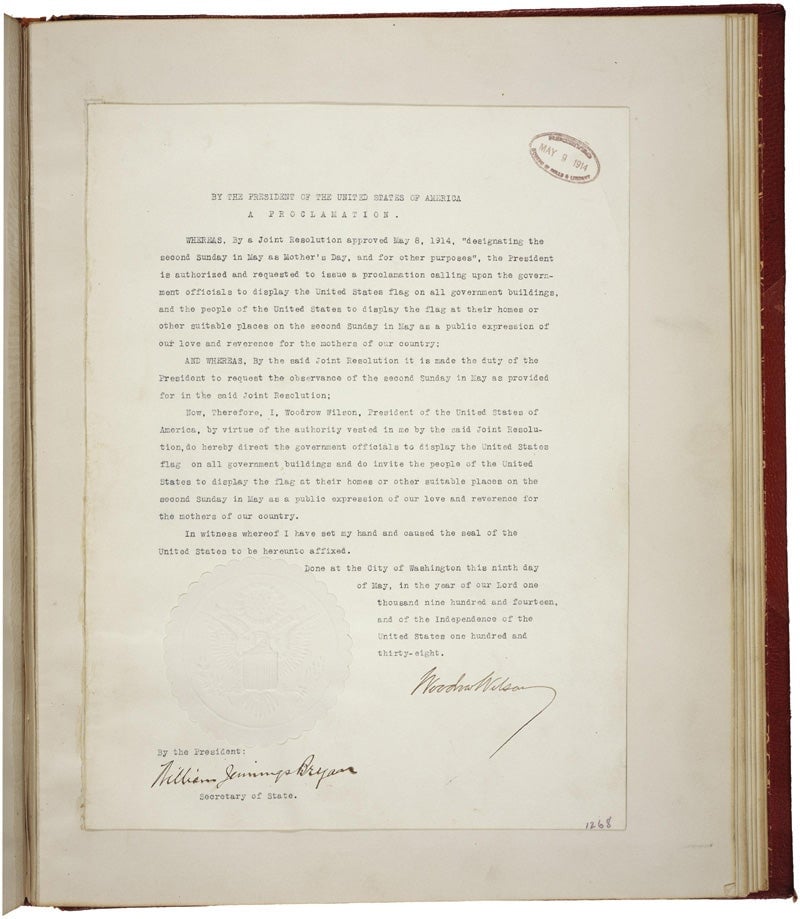The mother of Mother’s Day wouldn’t want you to buy your mom a present
Although the tradition of celebrating mothers is ancient, Mother’s Day, as celebrated in most of the world, is relatively recent. It was proclaimed officially 100 years ago on on May 9, 1914 by US president Woodrow Wilson, who designated “the second Sunday in May to Mother’s Day.”


Although the tradition of celebrating mothers is ancient, Mother’s Day, as celebrated in most of the world, is relatively recent. It was proclaimed officially 100 years ago on on May 9, 1914 by US president Woodrow Wilson, who designated “the second Sunday in May to Mother’s Day.”

The holiday had been already celebrated in Virginia since 1910, after Anna Jarvis campaigned to have a day to honor her mother, Ann Jarvis, who was a peace activist. Jarvis had envisioned a holiday where children of all ages would send hand-made cards to their mothers to thank them for existing.
Wilson, on the other hand, thought it would be a good occasion to invite “the people of the United States to display the flag at their home or other suitable places” to express their love for American mothers. (Because nothing says filial love like a healthy dose of patriotism.) It is said that Jarvis wasn’t pleased that the president took credit for the holiday.
Something she was even less happy about, however, was what Mother’s Day later became in the US: a commercial holiday. With $14.6 billion spent for mothers in the US alone, Mother’s Day is one of the biggest (the second-biggest, according to some sources) holiday in terms of expenditures.
Jarvis wouldn’t have liked that. She was so outraged that businesses exploited her holiday that, in the 1920s, she tried to get it cancelled, writing angry letters and leading boycotts. To counter what she saw as abuse of the holiday, Jarvis apparently applied for a trademark on the name—which was, however, refused.
To what would probably be her horror, Mother’s Day is now celebrated in dozens countries around the world on the second Sunday of May following the American tradition. (The holiday was introduced in some European countries—Germany and France, for instance—with the specific objective of encouraging procreation and boosting birthrates.) Other traditions include Arabic-speaking countries, some of which celebrate Mother’s Day around the arrival of spring on March 21. Britain celebrates the kingdom’s mothers on Mothering Sunday, the fourth Sunday of Lent.
An estimated $671 million is spent on cards for Mother’s Day in the US annually. If you’re giving one today, think about handwriting a note in it. “A printed card means nothing,” Jarvis reportedly said, “except that you are too lazy to write to the woman who has done more for you than anyone in the world.”